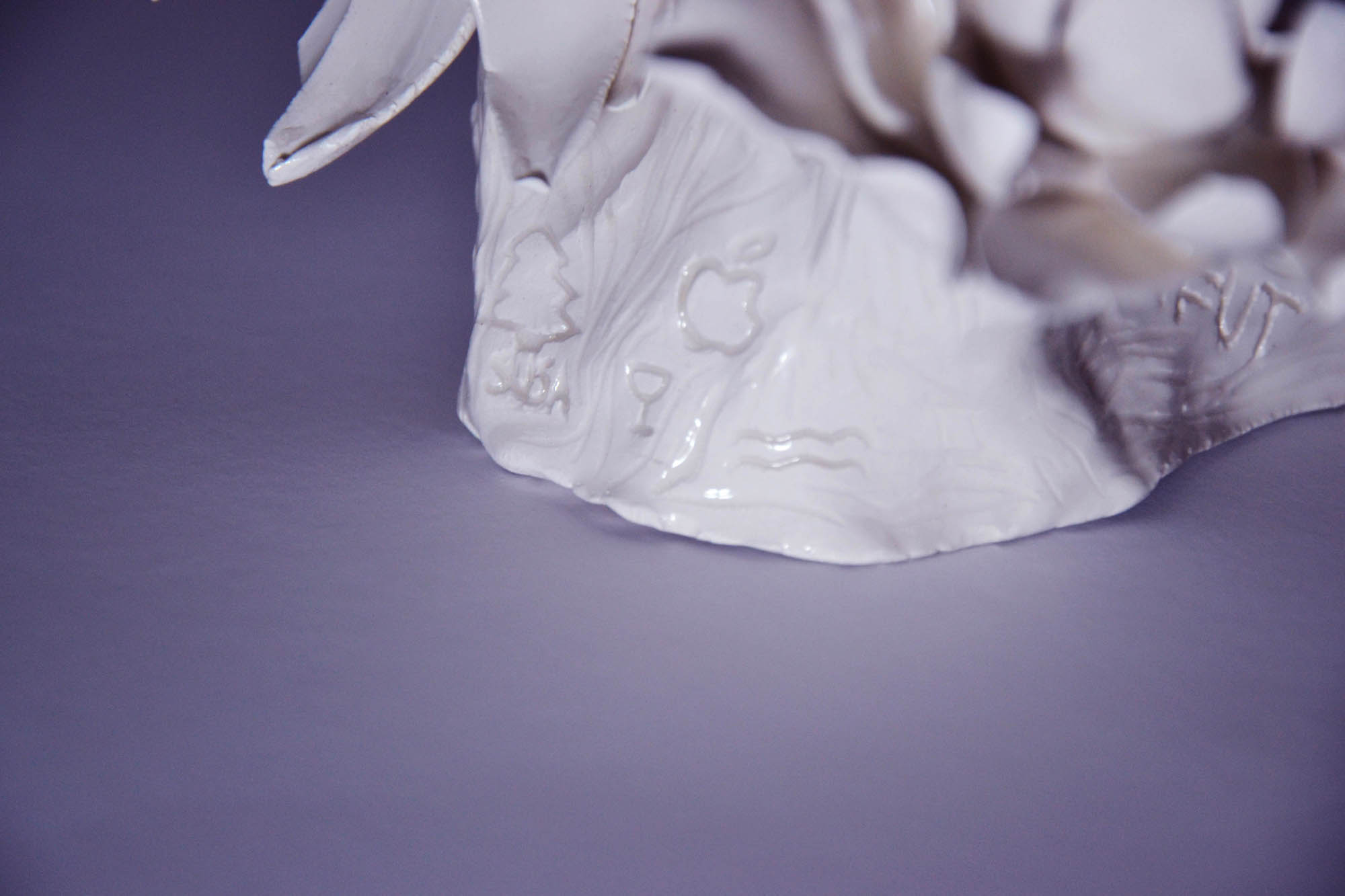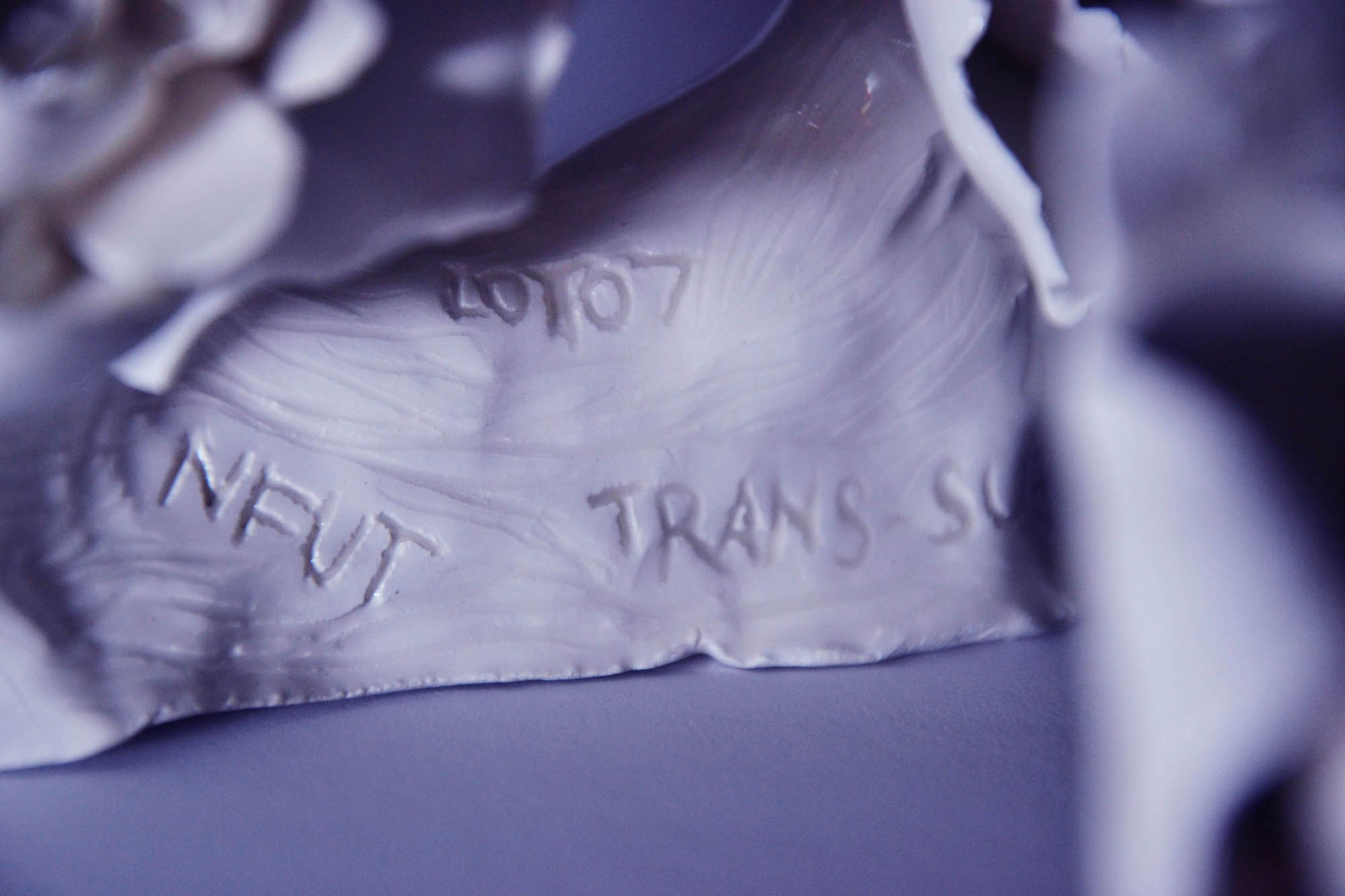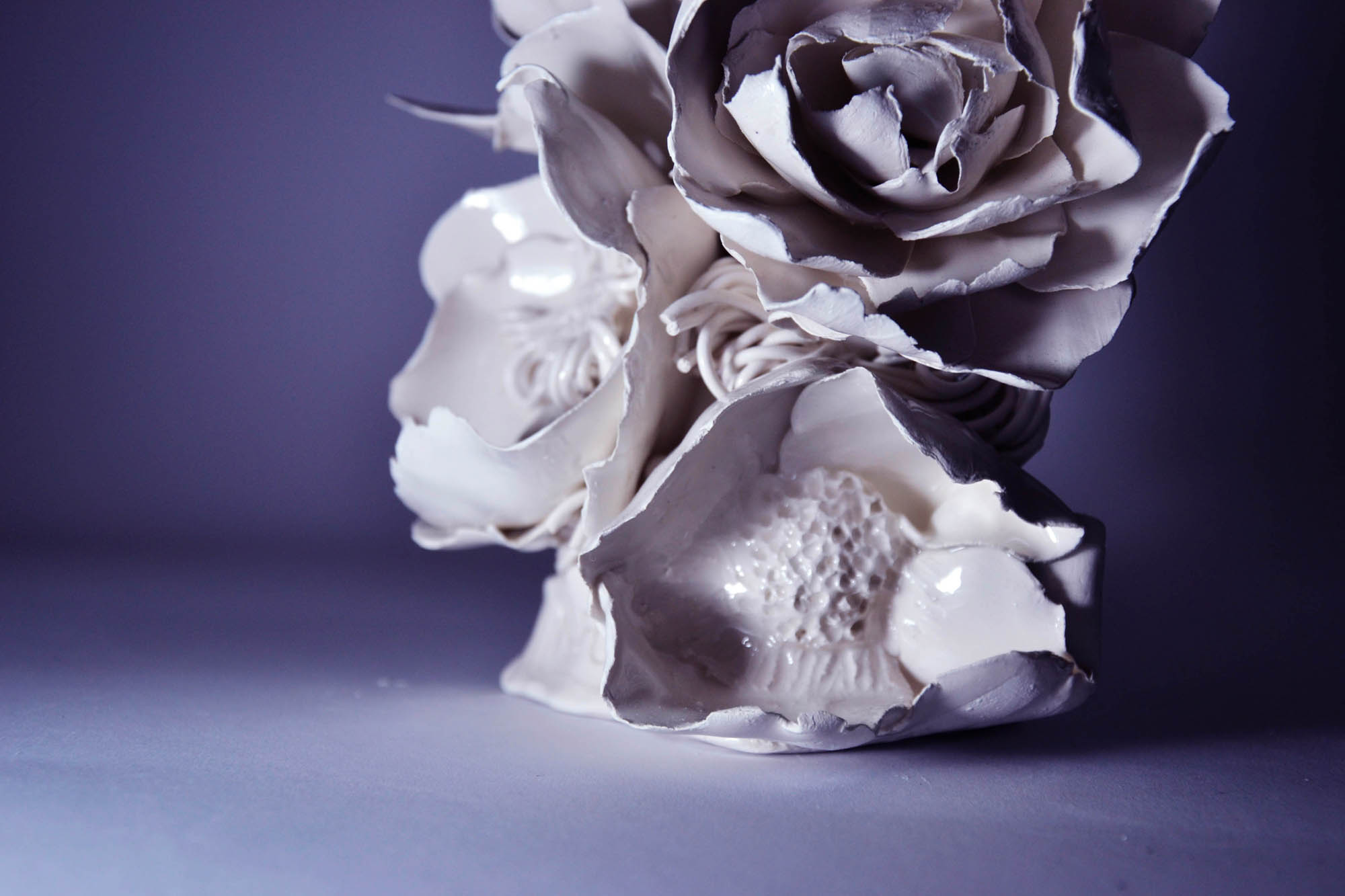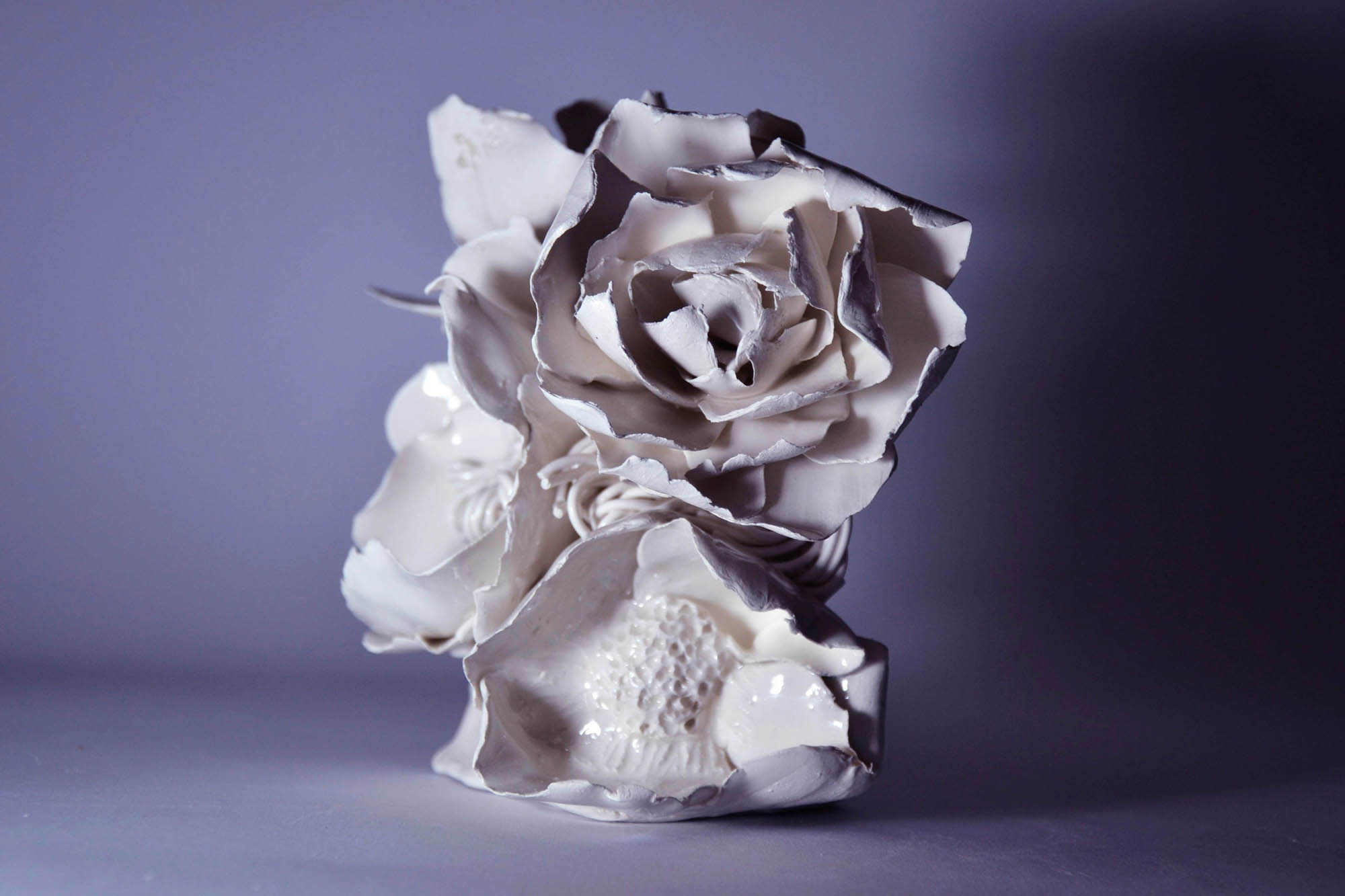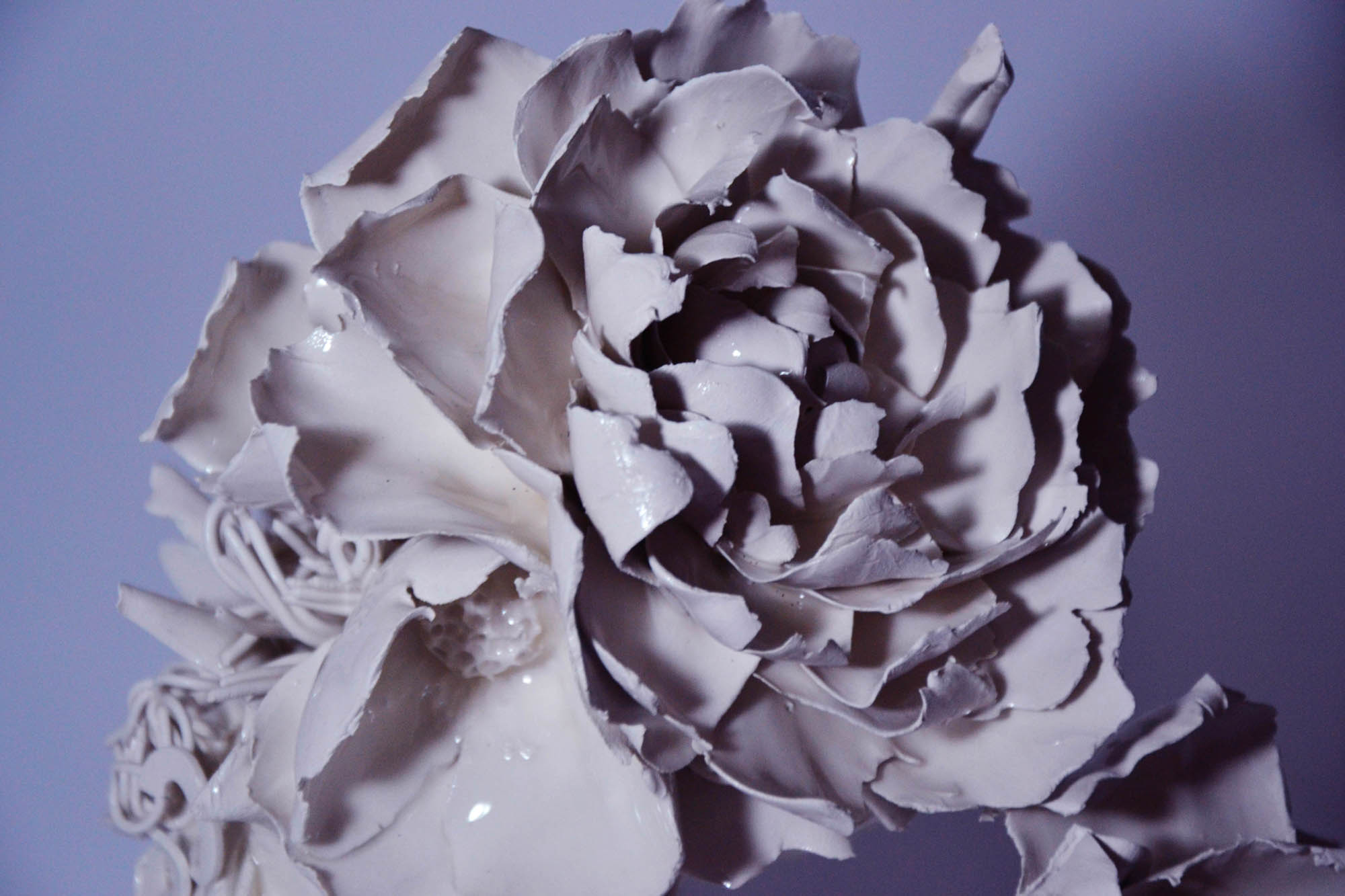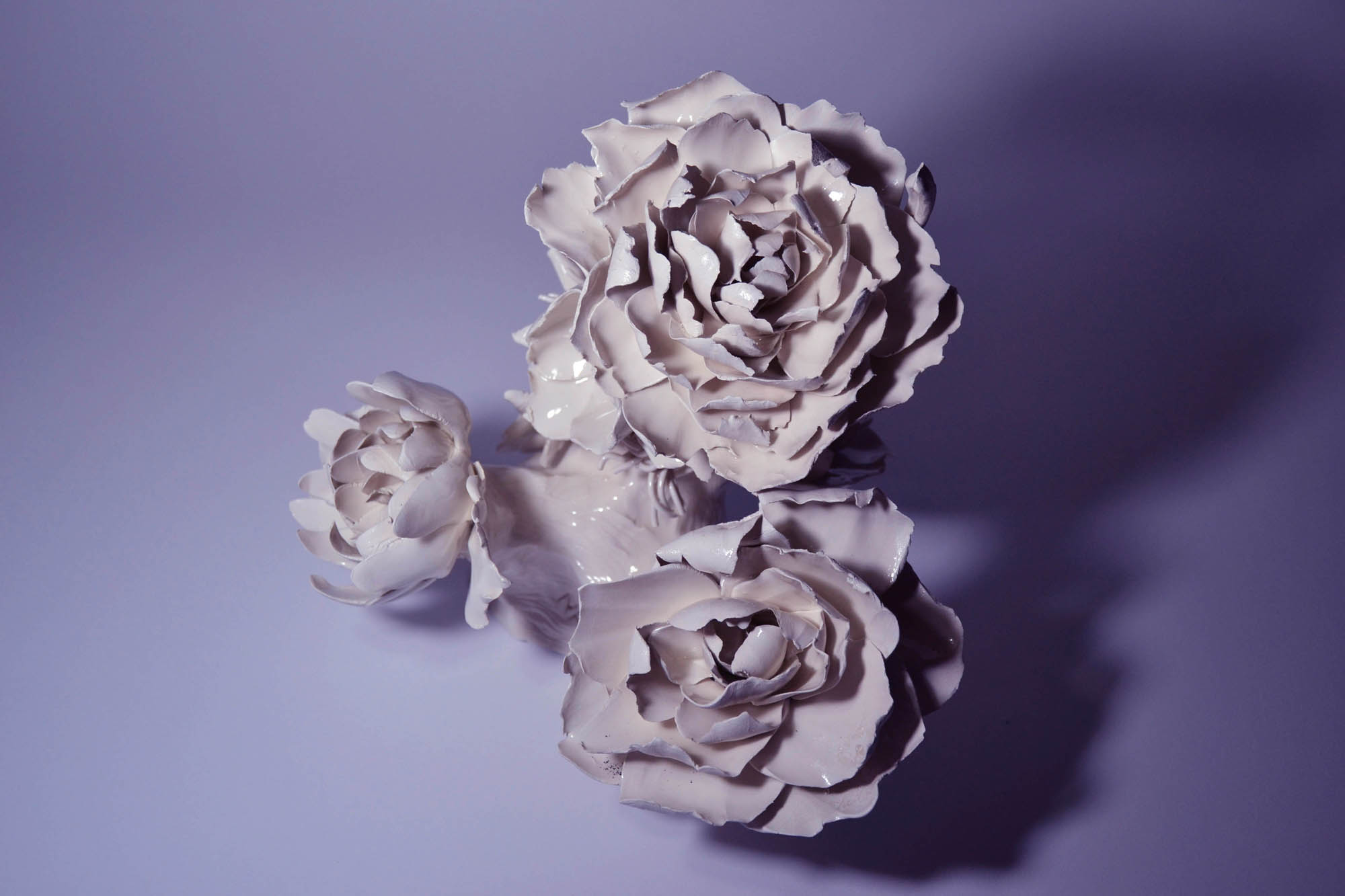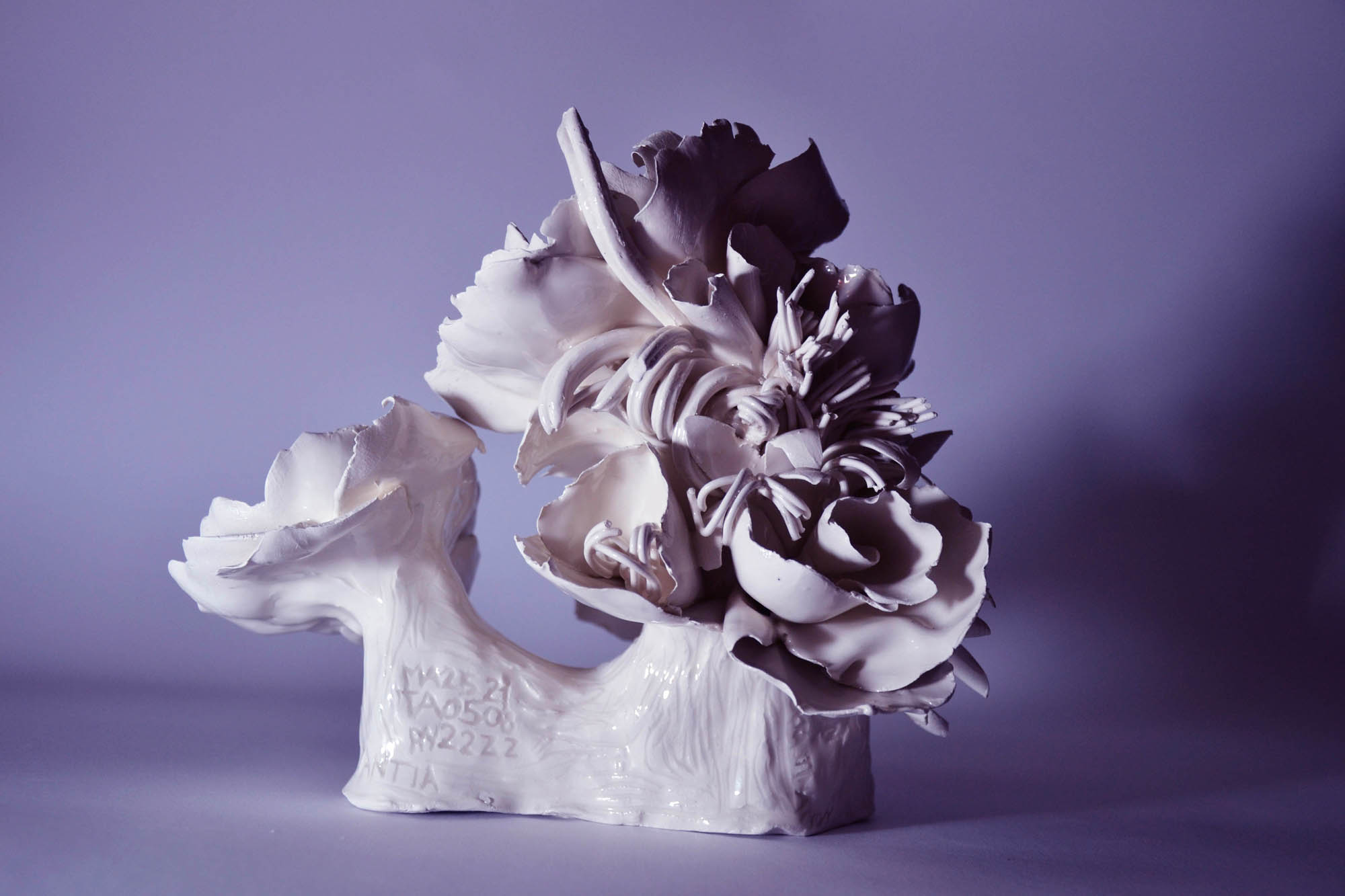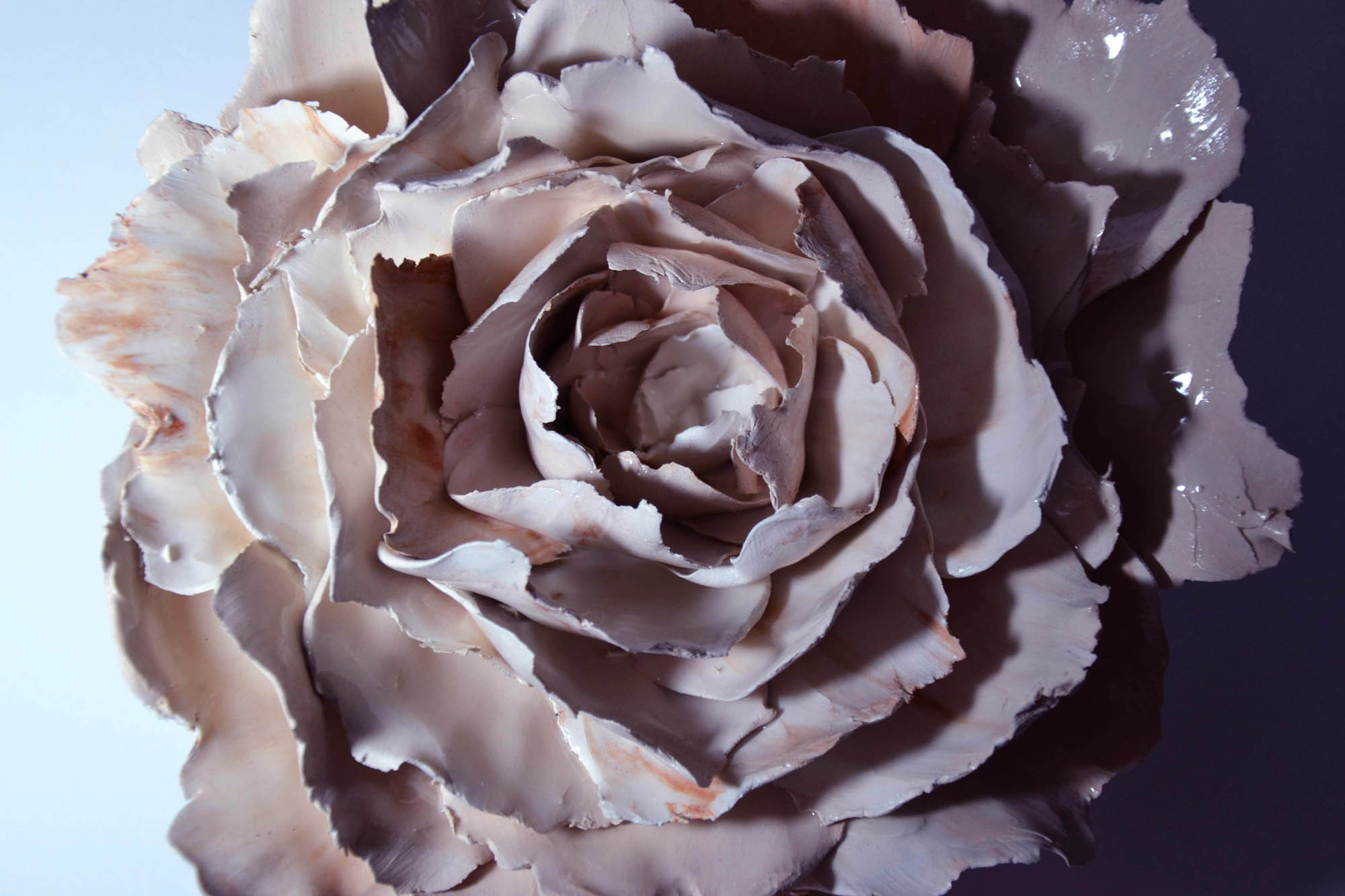TRANS-SUBSTANTIA
A journey of mutation.
A motion through and beyond.
Through and beyond our memories, our stories, the substance these are made of. Through matter. An exercise of tangible and spiritual transformation, to manifest the energy charged inside the objects we cherish. As a table, within the boundaries of its surface, holds safe memories, shared experiences, everyday life actions, incarnating the more rudimental idea of cohabitation, equally Trans-Substantia is the reincarnation of some of the realities existing in a cohabitate space. It’s a story about the resistance of the energy of things to physical change, to the physical dimension, a tension between what is tangible and what is not, the rational and visceral, between the visible and what is not, within the object and beyond it.
Lotto7
An ensemble of old objects identified as Lotto 7 was assigned to Martina.
The sculptures that compose the Trans-Substantia project are made altering and transforming the materials the objects of Lotto 7 were made of:
A terracotta pot,
One piece of Fir three wood,
One pair of Apple Ear Pods,
5 liquor glasses,
One FFP2 mask.
These objects were used as a starting point to generate a material response through sculptural entities able to enhance the emotional and spiritual charge linked to the first life of the items of Lotto7 and share this emotional electricity with others in a communal ritual of domestic art. Trans-Substantia is a process of transformation that transcend the physical boundaries of matter towards the creation of trans-substantial empathy. The items of Lotto 7 (click to read Instagram post) become of a new substance through a cathartic process of material change and narrative enhancement. Using the matter to create tangible emotional evolution.
This project was born as a collaboration between Martina Taranto and Magma within the framework of ‘Non Fare Un Tavolo’.
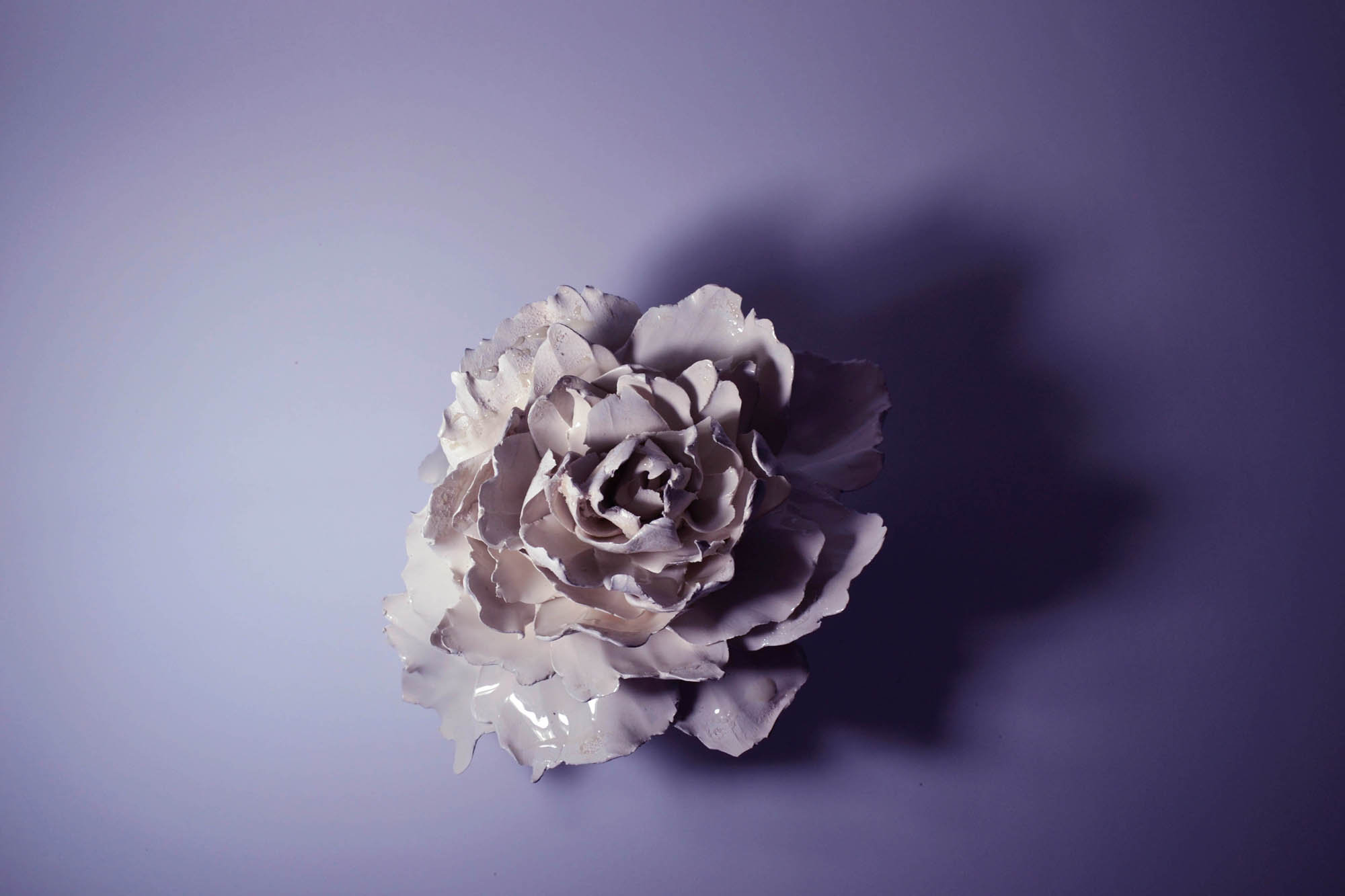

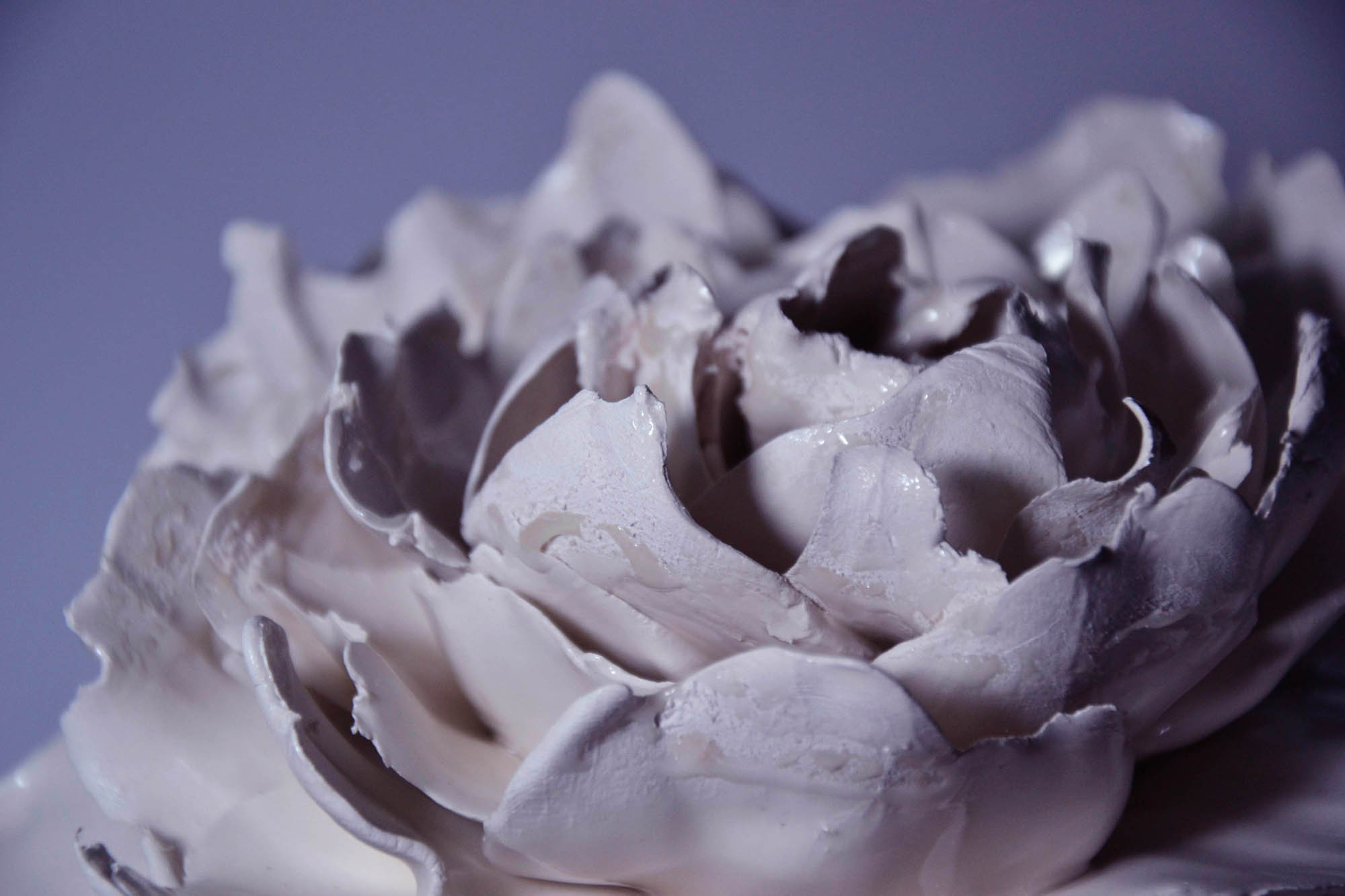
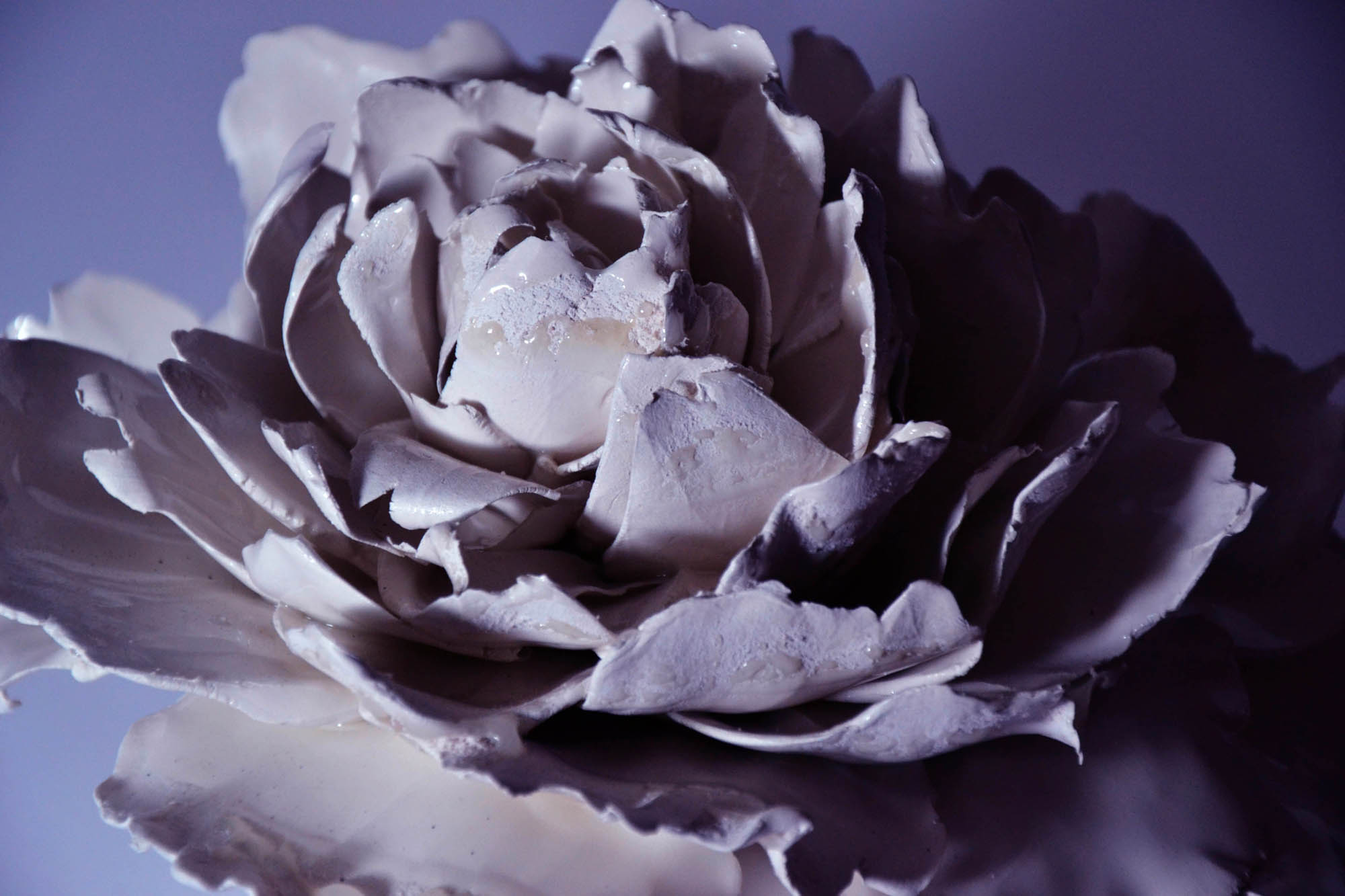
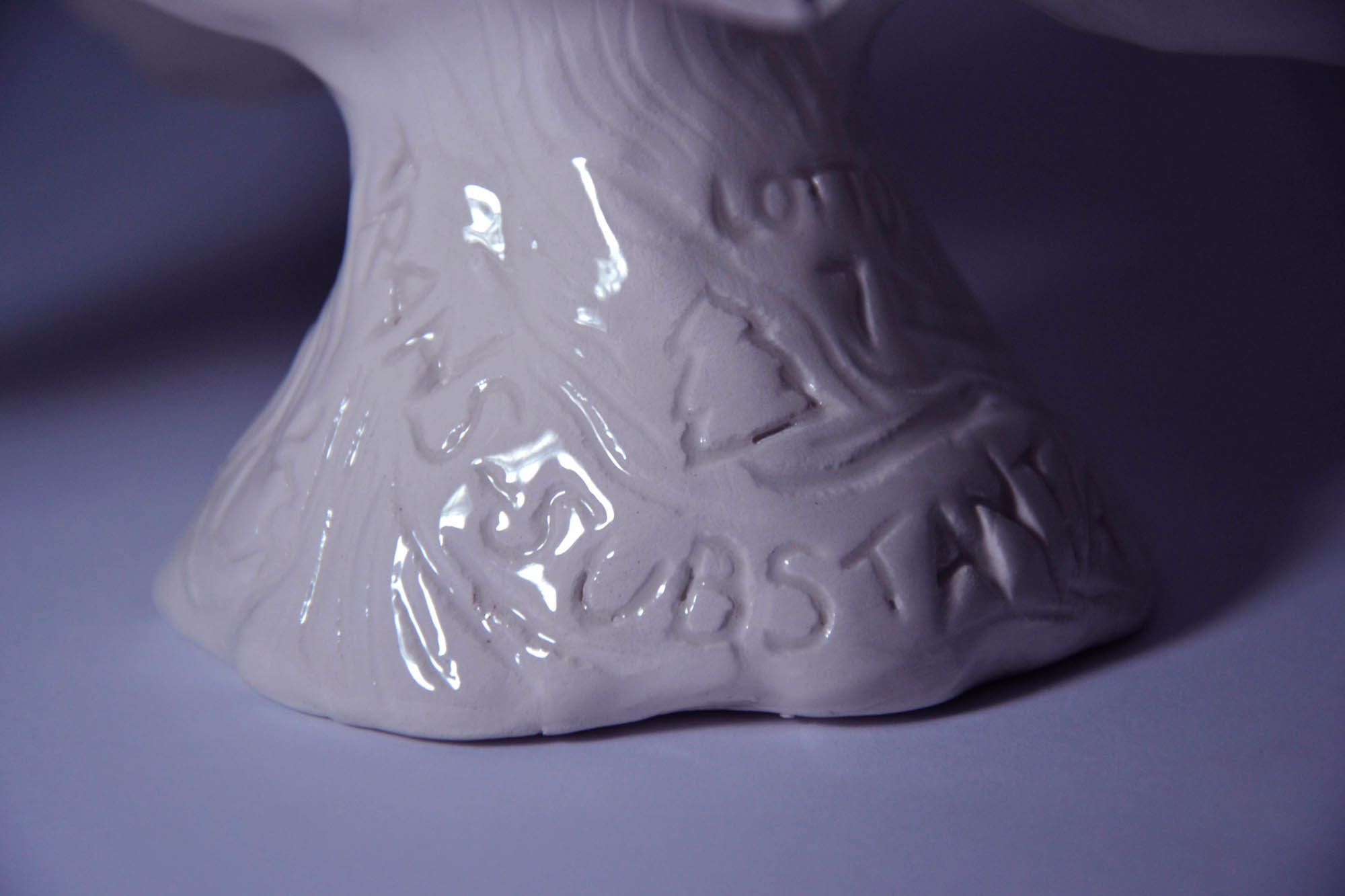
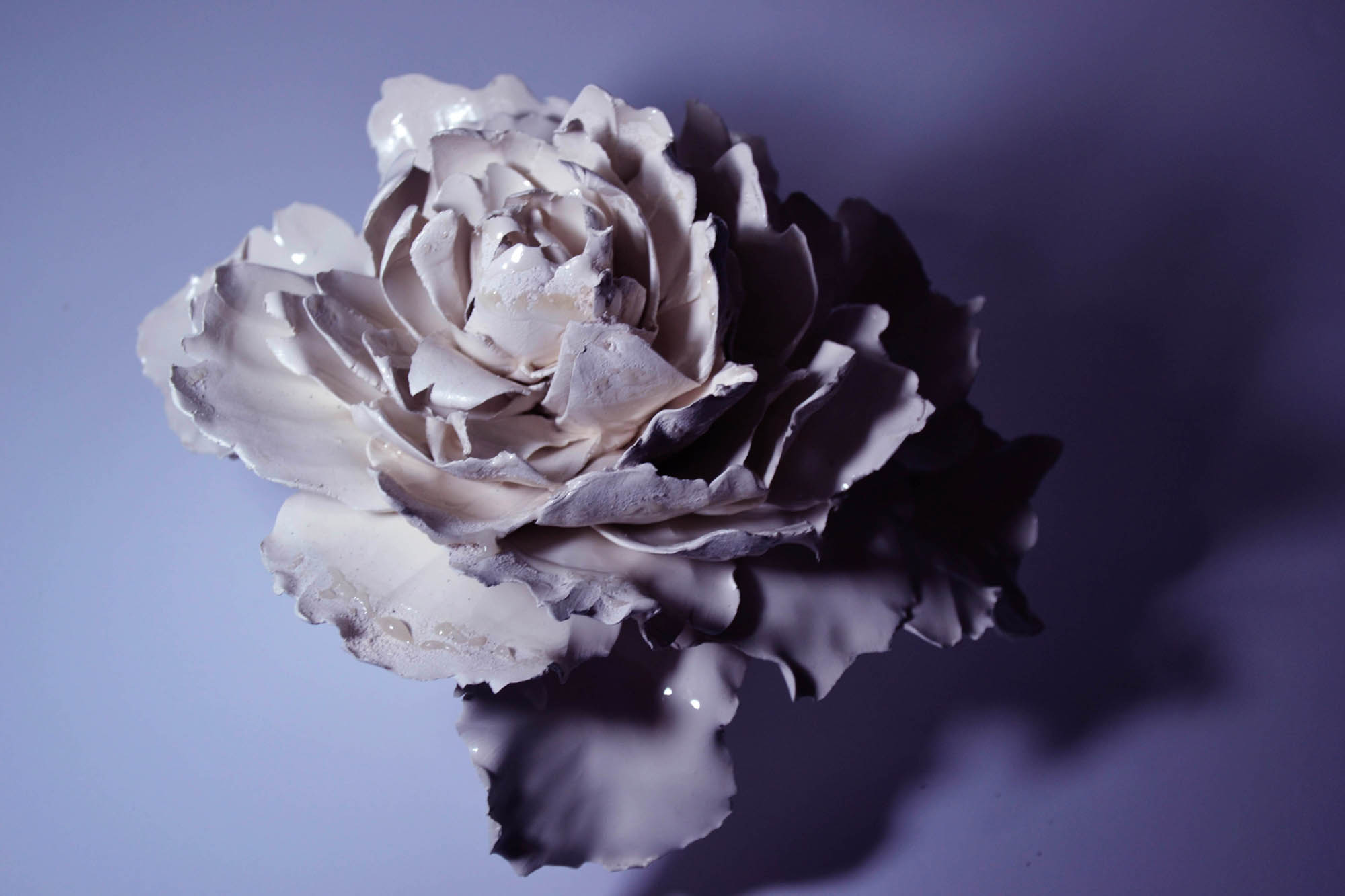

Beyond Lotto7
Terracotta powder obtained through grinding the ceramic of the old pot was implemented whiting the new clay used to make the sculptures; the powder decorates and leaves a trace of the past material identity on the new objects with a series of peculiar red shades. The ash of the fir wood was used as a component for the glaze – this, burned away by the kiln’s heat, leaves on the surface of the sculptures a trace of the wood’s presence through its absence: in the kiln, the ash mixed with the transparent glaze produces a superficial aesthetic that through material subtraction by fire leaves on the object evocative drops of glaze. Ear pods, glasses, and mask were employed as mechanical tools during the making process, implemented in the sculpture as structural elements and narrative aesthetic features.
The stories linked to the original objects have a fundamental role in the elaboration of the entire materiality of the Trans-Substantia project: each story has been embedded and enhanced within the narrative of the new items through their making process. The breaking: the terracotta pot was broken by one of the housemates of the pot’s owner. The narrative of transformation through breaking has been implemented in the making process through the action of destroying and grinding the ceramic pot. A destructive action was turned into a gesture of re-creation by including the old ceramic dust within the materiality of the new objects, this gives to the surface of the sculpture a shade of red that reminisces the object’s previous lifecycle. The burning. The fir wood of Lotto 7 was retrieved from a wildfire in Val di Susa. The wood was transformed through the fire into ash and by the kiln into a phenotypical feature that defines the DNA of the aesthetics. The charcoal’s ashes disappear in the heat but with their last living act impede the glaze to adhere to the sculpture’s surface creating a dripping effect: a light dew wetting the nature around ‘a house on a lake’, like that where the liquor glasses were found. The floral aesthetic of Trans-Substantia was chosen to act as a decoy to attract the attention of the community to which the objects are exposed and bring the observers to contemplate the material features and its history through the exploration of the aesthetic narrative. The Trans-substantia objects are ‘scarred’ with symbols and words that reminisce the first lifecycle of Lotto 7.

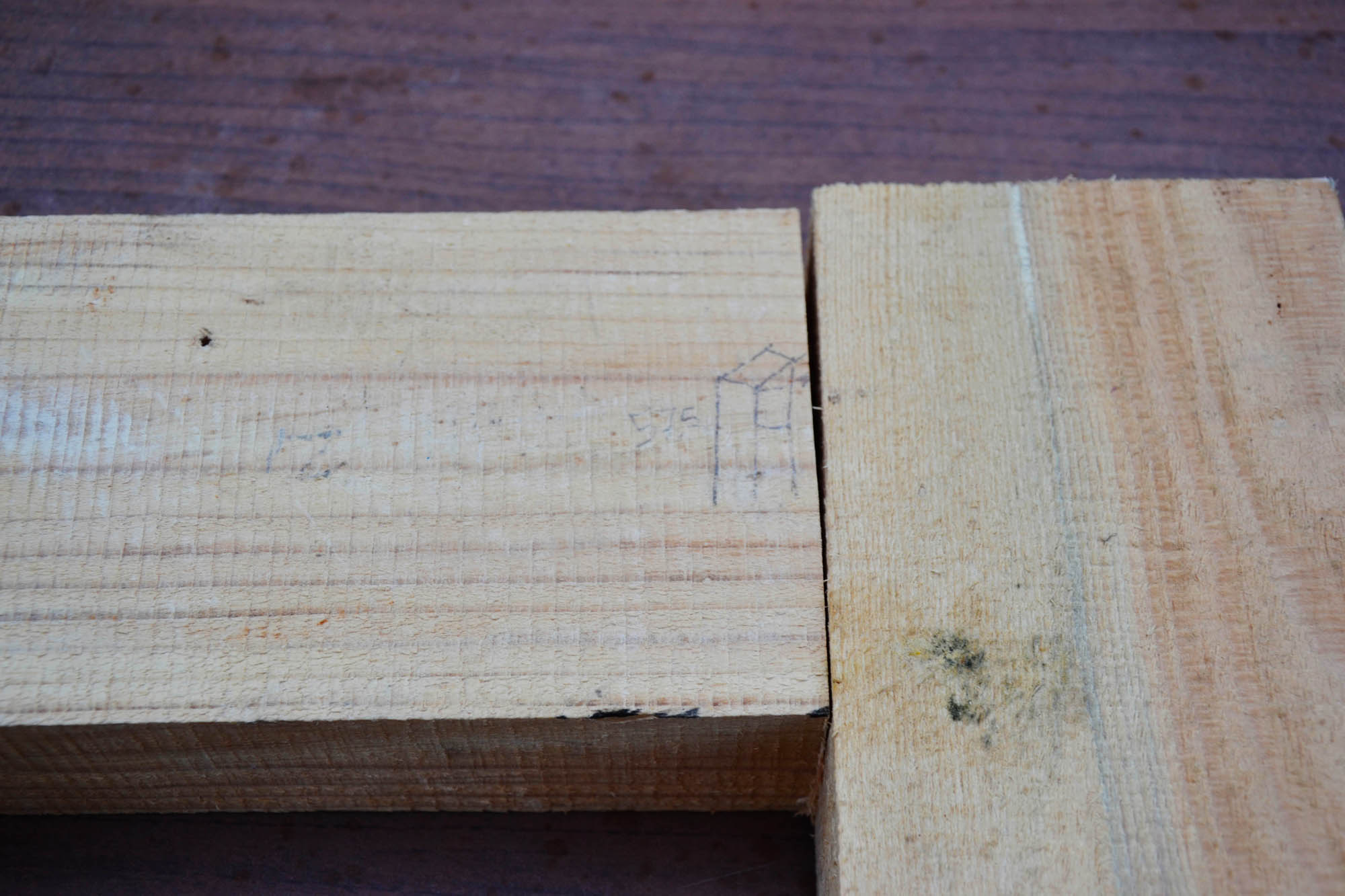
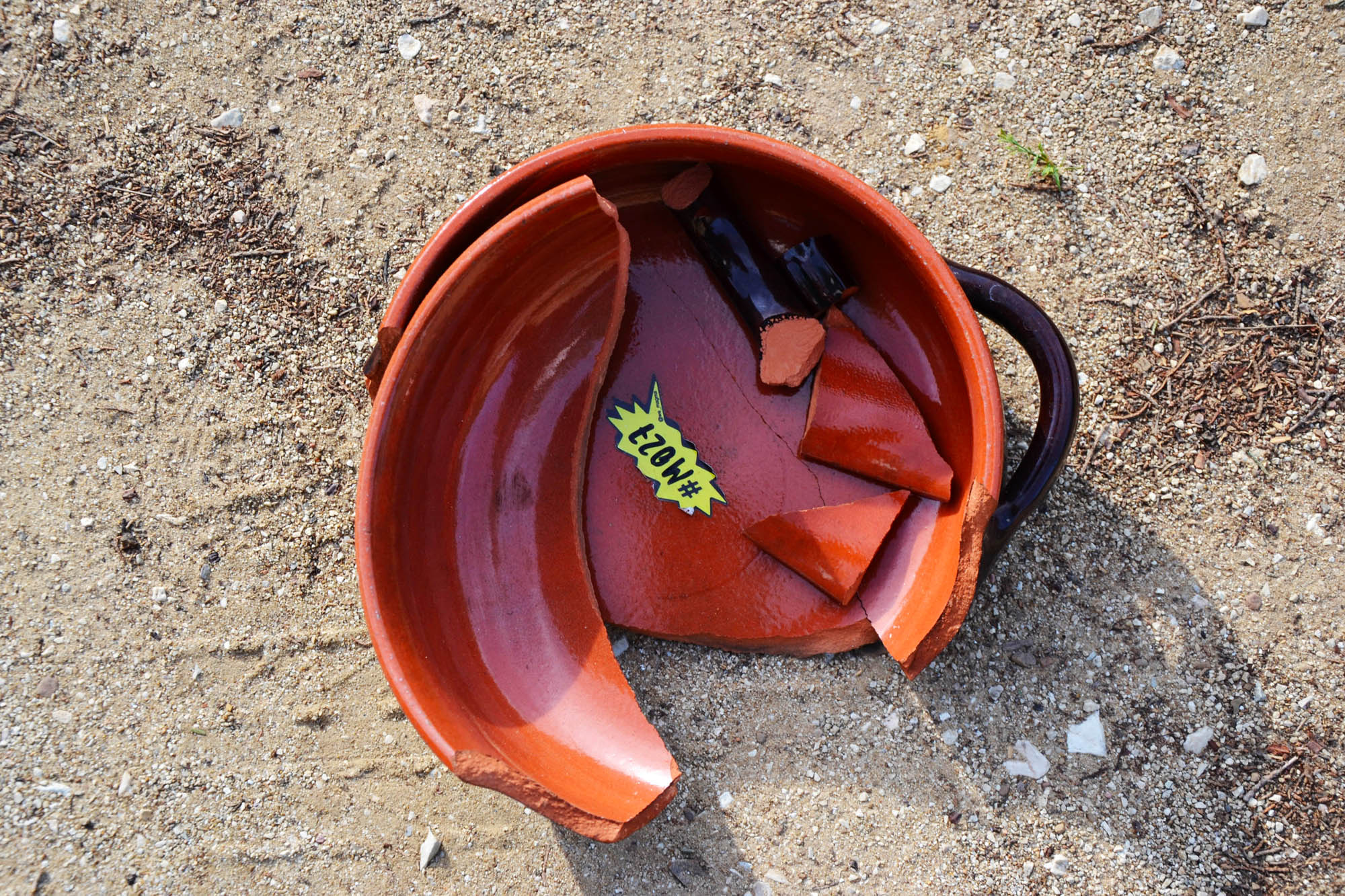


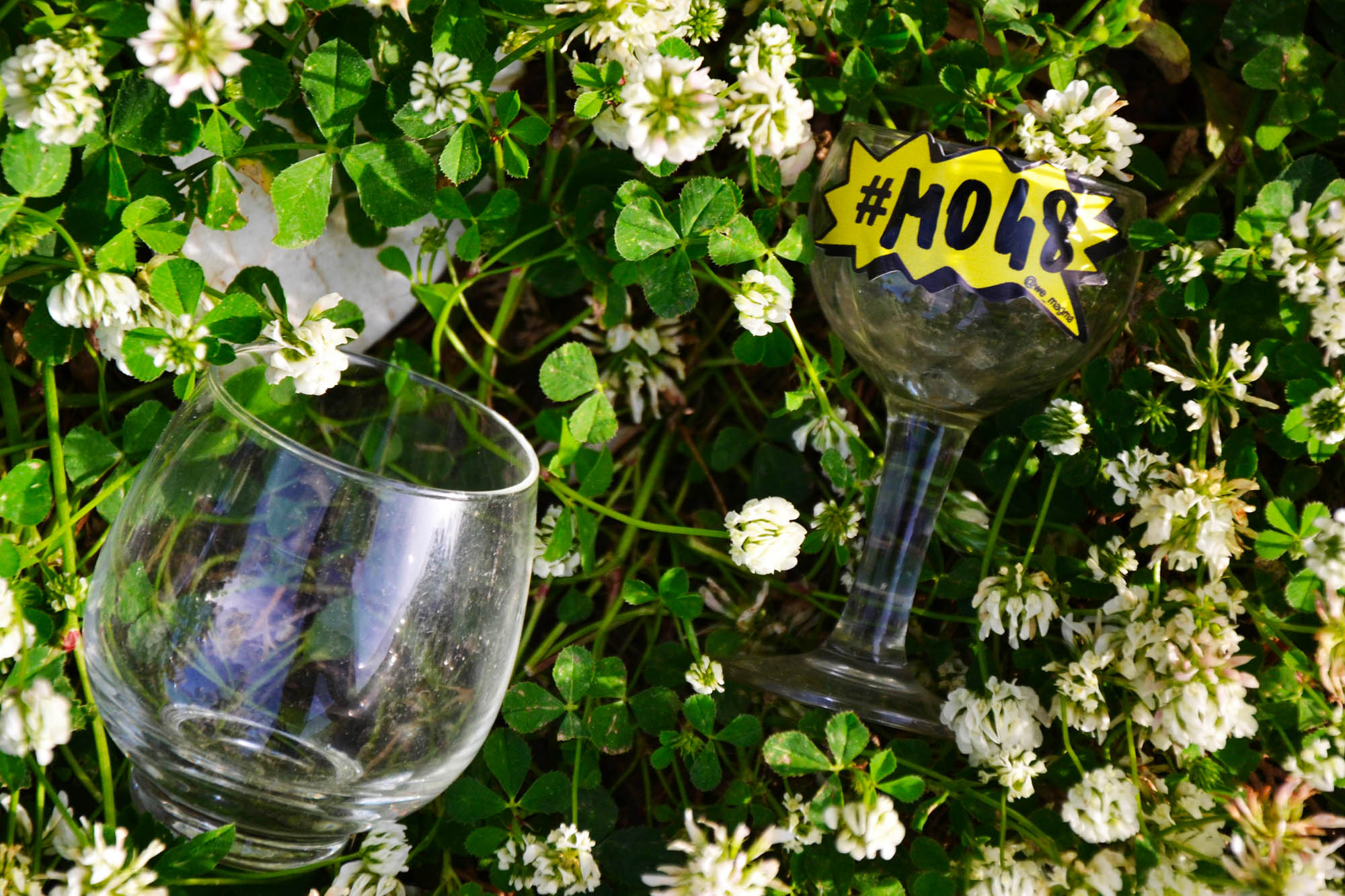

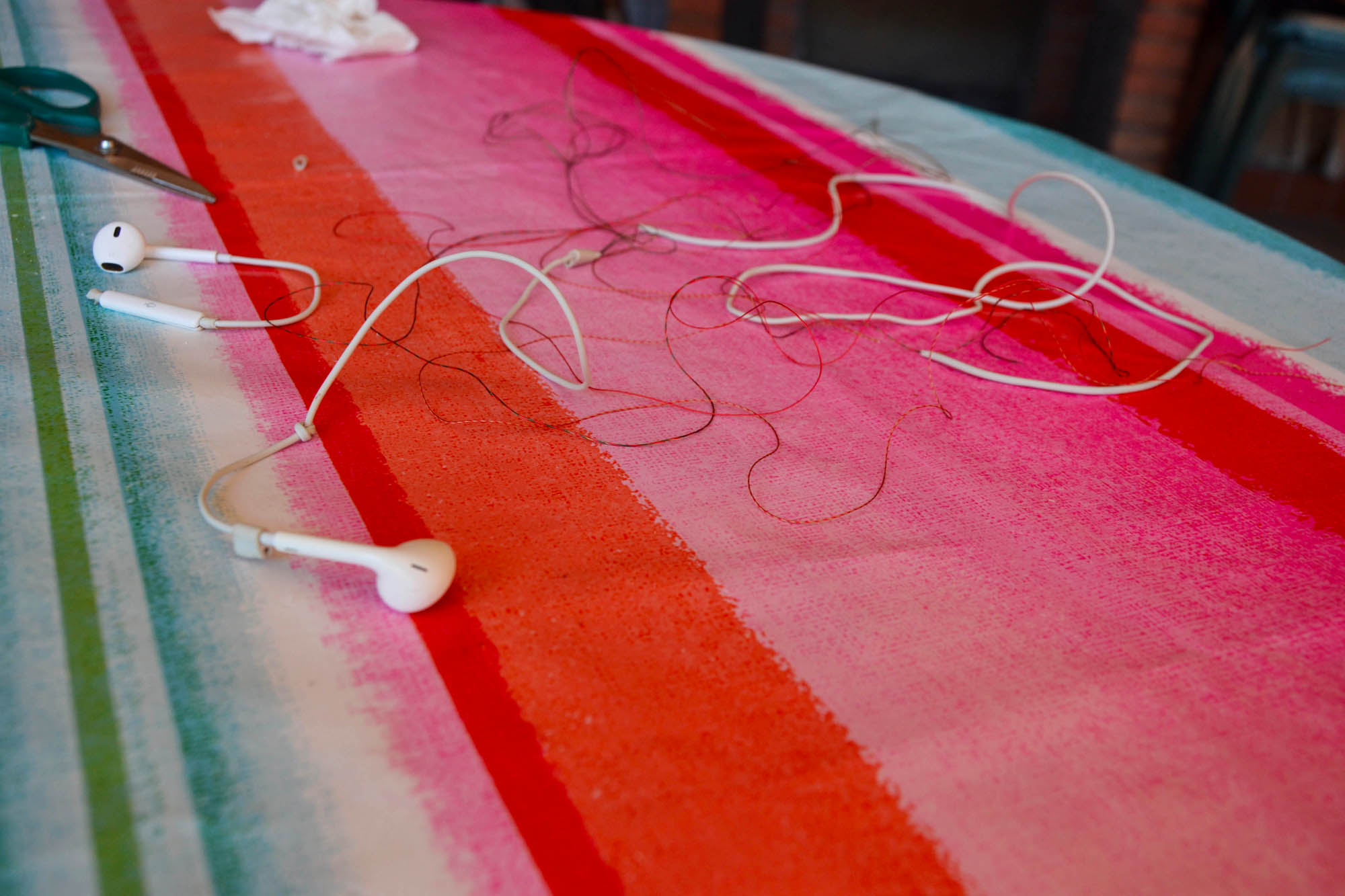


• Ash glaze obtained from the Fir wood scraps.









